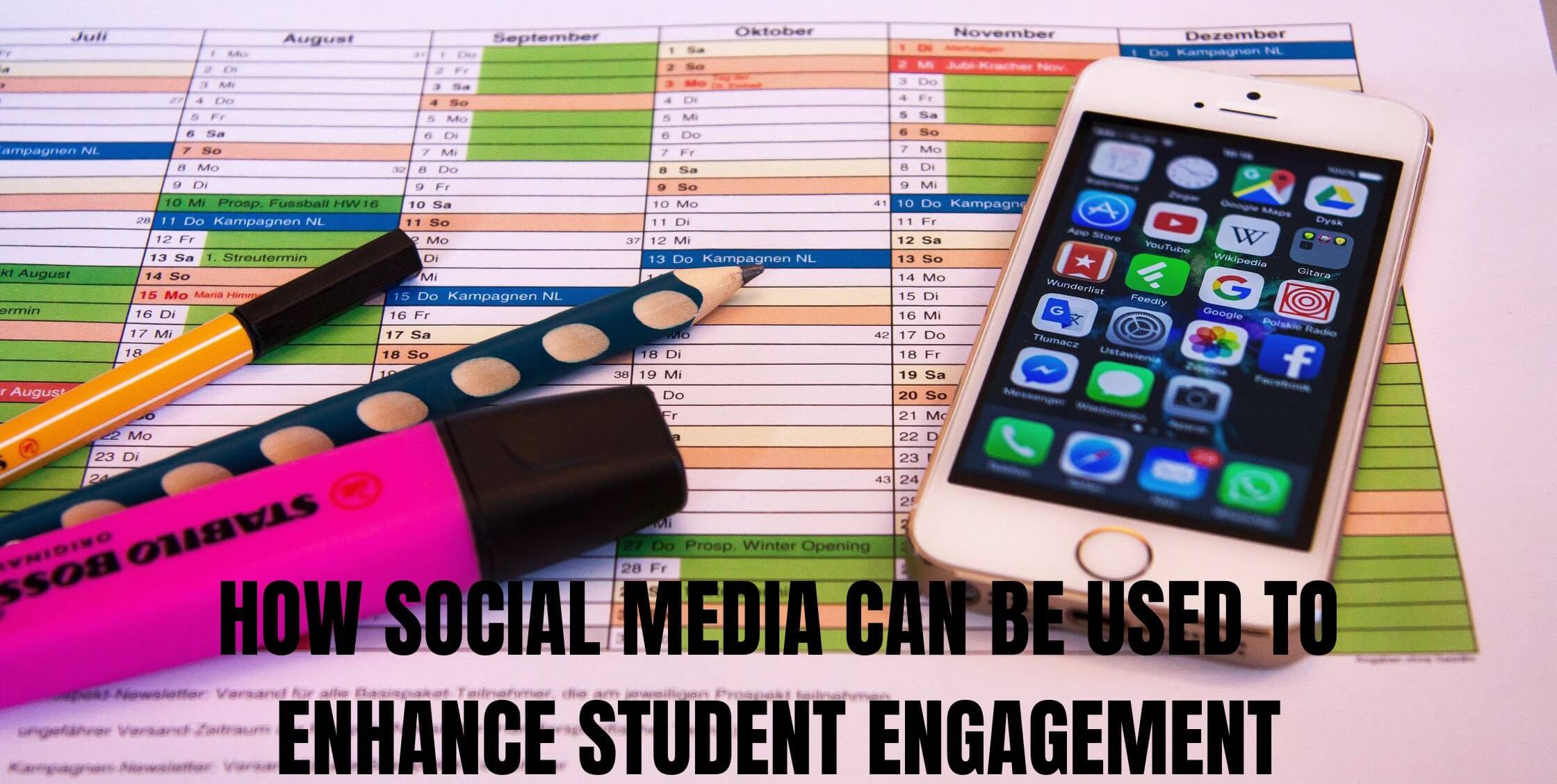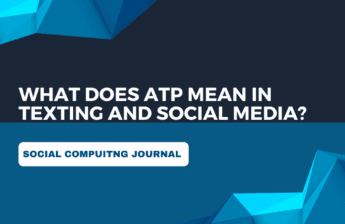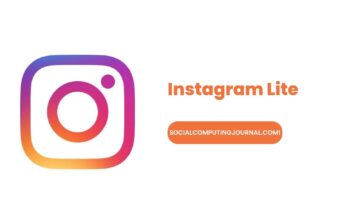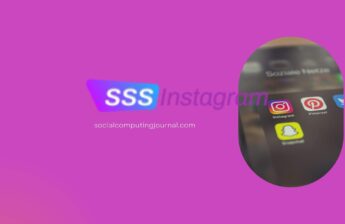In the current educational context, the integration of digital platforms has emerged as a pivotal factor in fostering student engagement. These platforms, serving as mediums for the creation and exchange of user-generated content, have significantly transformed the dynamics of student interactions, learning processes, and collaborative endeavors.
This article delves into the profound impact of digital platforms on student engagement, emphasizing their potential to redefine conventional learning methodologies and optimize overall learning outcomes.
Defining Digital Platforms and Student Engagement:
Digital platforms, encompassing a spectrum of online interfaces, facilitate instant connections and information sharing among users.
Conversely, student engagement refers to active student participation and involvement in the learning journey, promoting a deeper understanding of subject matters and nurturing critical thinking abilities.
Recognizing the pivotal role of student engagement is crucial for educators, as it directly influences academic performance, motivation, and overall learning experiences.
The Significance of Student Engagement for Learning Outcomes:
Student engagement acts as a catalyst for academic success, fostering a dynamic learning environment where students are encouraged to explore, question, and actively construct knowledge.
By nurturing a sense of ownership and empowerment, engaged students exhibit higher levels of motivation, critical thinking, and creativity, leading to enhanced cognitive development and comprehensive learning outcomes.
The Potential Benefits of Leveraging Digital Platforms to Foster Student Engagement:
Incorporating digital platforms into the educational framework offers diverse benefits in cultivating student engagement.
Firstly, it facilitates seamless communication among educators, students, and parents, fostering a collaborative and supportive learning community.
For instance, educators can utilize platforms for assignment sharing, feedback provision, and virtual discussions, while parents can stay updated on their child’s academic progress through timely notifications.
Secondly, these platforms serve as virtual hubs for students to collaborate, share ideas, and collectively generate knowledge, surpassing geographical constraints and time limitations.
Furthermore, digital platforms enable educators to personalize learning experiences, catering to varied learning styles and preferences, thereby ensuring inclusivity and accessibility.
Example:
An example of this includes students forming online study groups on platforms like Discord or Slack, allowing them to discuss coursework, share resources, and support each other’s learning endeavors.
Moreover, social media empowers educators to personalize learning experiences, catering to diverse learning styles and preferences, thereby promoting inclusivity and accessibility.
Tools such as Edmodo or Schoology enable educators to customize learning materials, provide supplementary resources, and offer individualized support, ensuring that each student’s unique learning needs are met effectively.
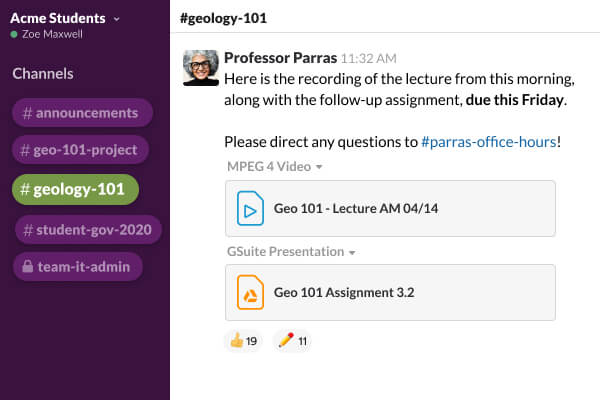
Using Social Media to Create a More Connected Learning Environment
Digital platforms serve as catalysts in establishing connected learning environments, bridging gaps between educators, students, and parents.
Real-time communication channels enable teachers to provide timely support and guidance, fostering an inclusive academic ecosystem.
Students, too, can use these platforms to initiate discussions, share resources, and seek peer assistance, cultivating a collaborative and inclusive learning culture.
Involving parents in the learning process through regular updates fosters transparency and nurtures a supportive home-school partnership, allowing stakeholders to actively contribute to students’ holistic development.
Examples:
- Educators can utilize platforms like Remind to send quick announcements, reminders, and updates to students and parents, promoting a transparent and collaborative approach to education.
- Students can leverage social media to initiate discussions, share resources, and seek peer assistance, nurturing a collaborative and inclusive learning culture.
- Platforms like Padlet or Flipgrid enable students to engage in virtual brainstorming sessions, share insights, and provide constructive feedback, fostering a sense of belonging and community within the classroom.
- By involving parents in the learning process, social media fosters transparency and cultivates a supportive home-school partnership, enabling stakeholders to actively contribute to the holistic development of students. Regular updates on platforms such as ClassDojo or Seesaw allow parents to stay informed about their child’s academic progress, encouraging them to participate in their child’s educational journey and provide additional support where needed.
Using Social Media to Make Learning More Interactive and Engaging
Interactive and engaging learning experiences are vital in comprehending complex concepts and theories. Digital platforms offer diverse tools and features for creating interactive learning materials such as quizzes, polls, and games.
For example, platforms allow educators to design interactive quizzes and polls, encouraging active participation and fostering a collaborative learning environment. Integrating gamification elements into the curriculum creates enthusiasm for learning, motivating students to engage with the subject matter and achieve academic milestones.
Moreover, students can personalize their learning journeys by exploring diverse resources, participating in virtual discussions, and engaging with multimedia content, facilitating an immersive and tailored learning experience.
Examples:
- Platforms like Kahoot or Quizizz allow educators to design interactive quizzes and polls, encouraging active participation and fostering a competitive yet collaborative learning environment.
Related: Best Kahoot Names
By integrating gamification elements into the curriculum, educators can cultivate a sense of excitement and enthusiasm for learning, motivating students to actively engage with the subject matter and achieve academic milestones.
- Social media empowers students to personalize their learning journeys, allowing them to explore diverse resources, participate in virtual discussions, and engage with multimedia content, fostering an immersive and tailored learning experience that caters to individual learning styles and preferences.
- Tools such as Nearpod or Mentimeter enable students to interact with multimedia presentations, provide real-time feedback, and collaborate with peers, promoting a dynamic and inclusive learning environment that encourages active participation and knowledge co-creation.
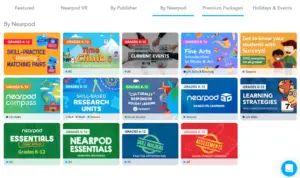
Using Social Media to Promote Creativity and Innovation
Fostering creativity and innovation is fundamental in a holistic educational approach. Digital platforms provide avenues for students to showcase creativity, share work, and receive constructive feedback from peers and educators.
Encouraging project-based learning initiatives through these platforms nurtures a culture of exploration, experimentation, and self-expression, fostering critical thinking, problem-solving, and communication skills.
Platforms allowing students to create visually appealing multimedia projects empower creative expression beyond traditional learning boundaries.
Additionally, digital platforms facilitate access to authentic learning experiences, connecting students with professionals and global communities, broadening perspectives, and fostering appreciation for diverse cultural dynamics.
Examples:
- Platforms like Canva or Adobe Spark empower students to create visually appealing multimedia projects, fostering a sense of creativity and self-expression that transcends traditional learning boundaries.
- Social media facilitates access to authentic learning experiences, connecting students with industry experts, professionals, and global communities, thereby broadening their perspectives and fostering a deeper appreciation for diverse cultural and societal dynamics.
- Online platforms such as LinkedIn or X(Twitter) enable students to engage in professional networking, participate in industry discussions, and showcase their skills and accomplishments, fostering a culture of innovation and lifelong learning that prepares students for future career opportunities and professional growth.
-
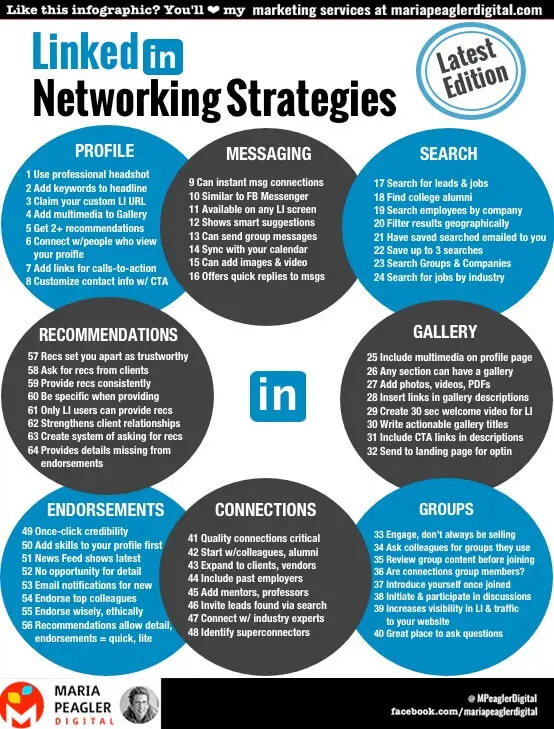
LinkedIn a great tool for students and professionals.
Conclusion:
In conclusion, the integration of digital platforms in the educational landscape has redefined conventional notions of student engagement, paving the way for a more inclusive, interactive, and collaborative learning environment. While acknowledging the transformative potential of digital platforms, educators must remain mindful of the challenges associated with their implementation, including privacy concerns and digital literacy.
Fostering a culture of responsible digital citizenship enables educators to leverage digital platforms to enhance student engagement, cultivate critical thinking, and promote lifelong learning skills. Embracing innovative pedagogical approaches and harnessing the power of technology, educators can unlock the full potential of digital platforms to nurture empowered, engaged, and future-ready learners.
References and Further Readings:
Using social media to enhance student engagement and quality
The effect of using Kahoot! for learning – A literature review

